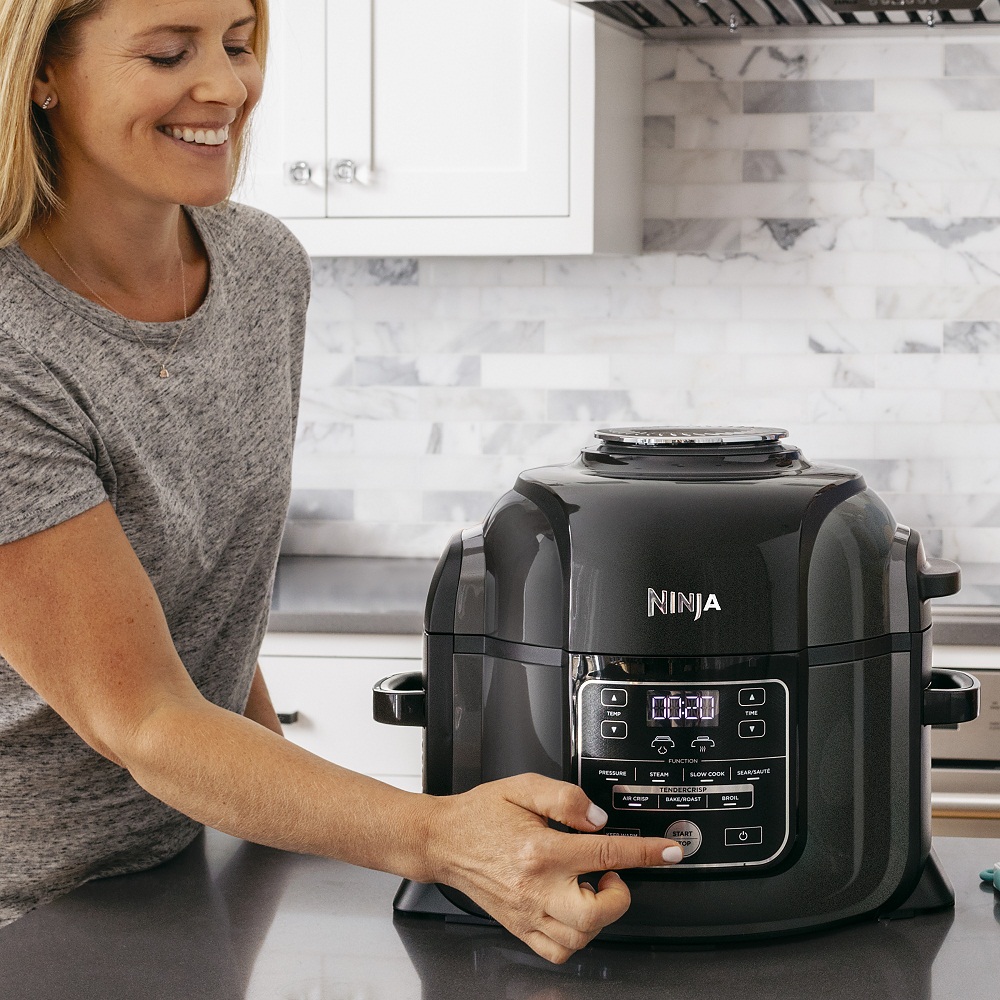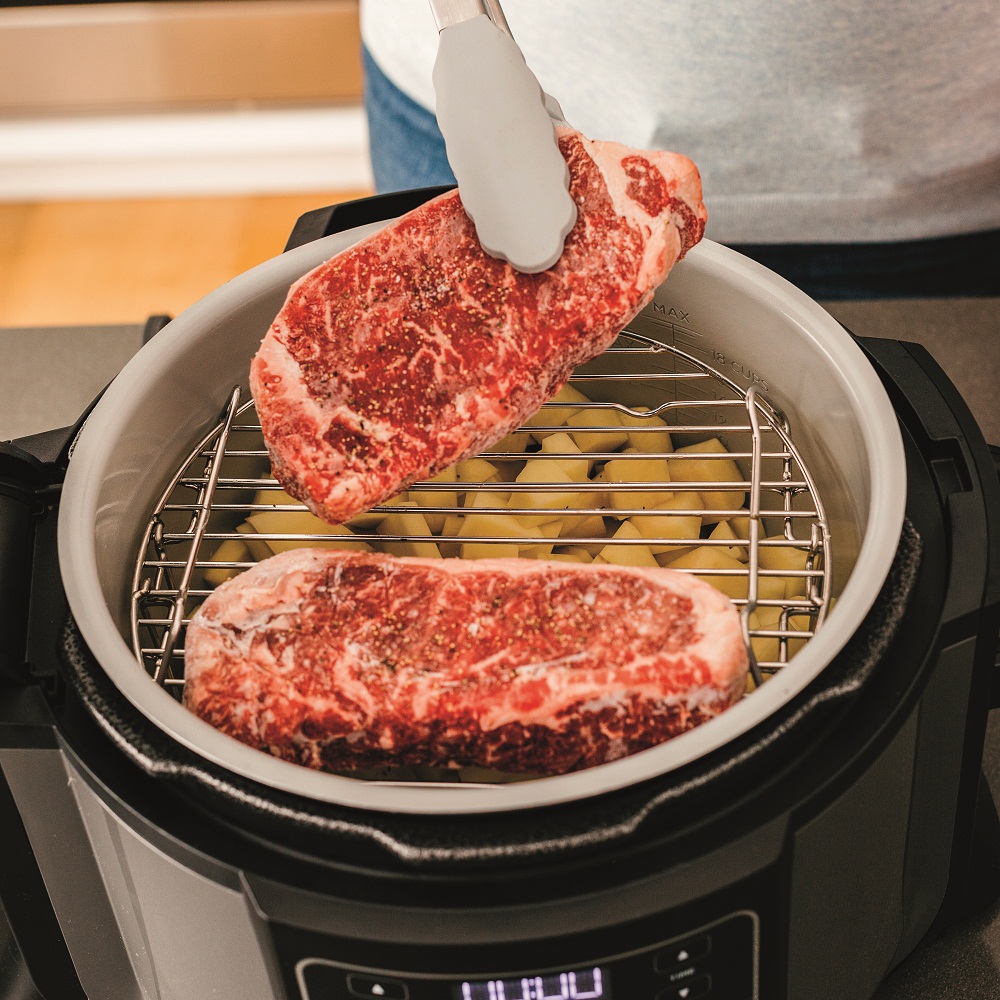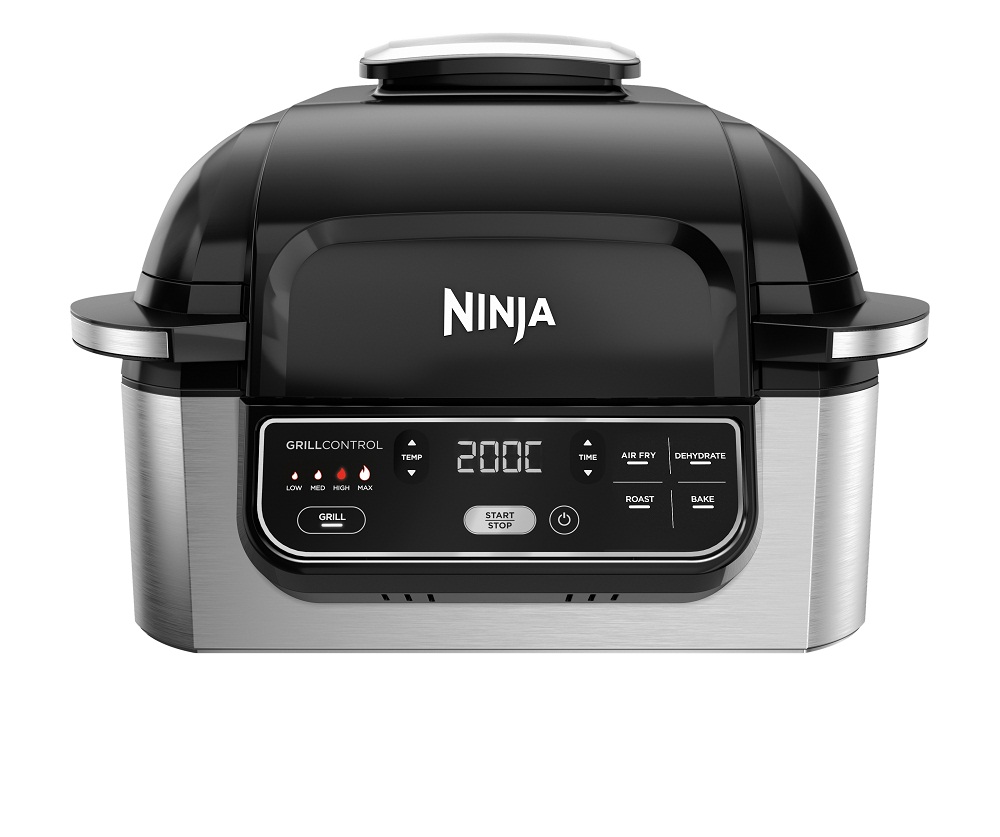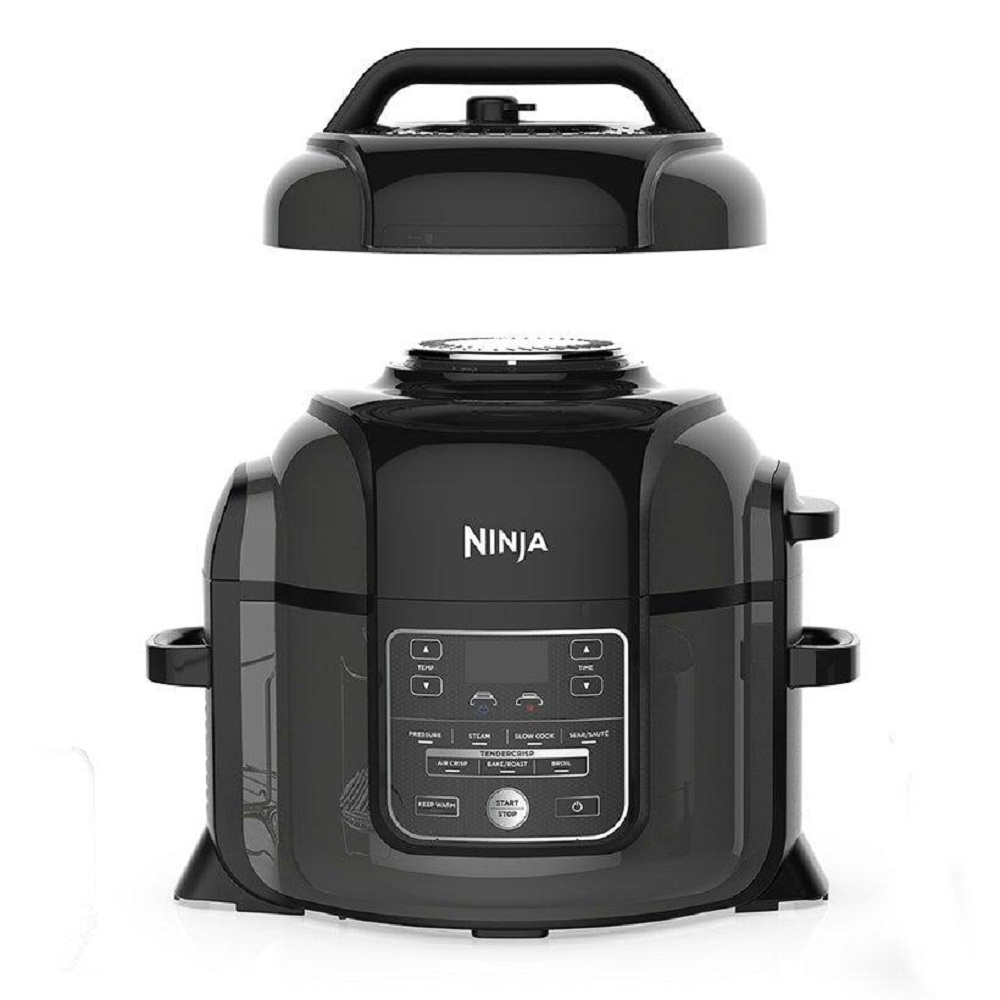Epicure takes a closer look at the science behind healthier, modern day cooking methods that claim to maximise the nutritional content of food.

Unless you’re on a raw diet, there’s no denying the fact that heat and water combined alter the way nutrients behave in food. A reduction of nutrients is unavoidable upon cooking, with some foods losing up to 40 percent or more of their healthy assets when cooked. Nutrient depletion or alteration typically occurs when foods are cooked at high temperatures for an extended period of time, especially in a moist environment like a pot of boiling water or a deep fryer. Comparatively, cooking methods that expose foods to heat and water for shorter amounts of time are believed to offer maximum nutrient retention, as minerals and antioxidants are less at risk of being degraded.
Air frying, slow cooking, dehydrating and pressure cooking are becoming increasingly popular alternatives in addition to the usual steaming, sautéing, grilling, roasting and baking cooking methods, as they offer less nutrient loss with minimal amount of fat. Hence it’s not surprising to see an increasing number of revolutionary, all-inone cooking appliances that offer home cooks the option of preparing healthier meals. For instance, new to the Singapore market are three innovative Ninja air fryers developed by SharkNinja USA, a pioneer in nutri-extracting and food processing solutions for busy lifestyles. Ninja’s unique selling point is to provide revolutionary kitchen appliances with multiple functions in one machine, saving kitchen space, time and money for home cooks. Multi-functionality in one machine certainly has its advantages, as consumers don’t have to invest in multiple gadgets for different cooking methods.
We take a closer look at these different alternative cooking methods and the science propelling their benefits and nutritional advantages.
.jpg)
AIR FRYING
The eternal question – are air fryers really the answer to healthy, fried food without adverse health side effects? Potentially, yes. There have often been similarities drawn regular baking and air frying, but they are two distinctly different cooking methods. Conventional ovens work by producing heat from an element (either gas or electric), where the heat is slowly dispersed through the oven over time. In the case of convection ovens, that time is sped up by the use of a fan, similar to the one in a compact air fryer. Air fryers use rapid air technology instead of an element to create heat, achieving much higher temperatures in a shorter period of time.
The small size of air fryers also helps them circulate heat more evenly. Food becomes crispy without burning or releasing toxic carcinogens, giving the same taste and look as deep frying but with a minimal amount of additional fat. The heated air picks up and circulates tiny oil droplets that coat and “fries” the food. Air frying also reduces exposure to the formation of acrylamide, a compound that forms during high-heat cooking and is believed to be linked to the development of certain cancers.

AIR GRILLING
An air grill is much more functional than an electric grill, typically housing a powerful heating element that heats a special grill where the food is cooked. Again, advantages include the fact that minimal fat is required for air grilling, and the indoor grilling happens smoke free too. The design of the air grill allows for adjusting the temperature, choosing the frying mode and the speed of heat treatment. Cooking in the air grill is based on the circulation of hot air again, reaching very high temperatures that enable it to mimic the cooking results from a traditional grill. A topdown heat source produces temperatures up to 500 degrees, and a powerful fan circulates the hot air to cook food quickly and evenly, with comparable browning and crisping.

DEHYDRATING
Dehydration is one of the oldest methods of preserving food known to mankind, as dehydrated foods keep their nutritional value for much longer, making for lightweight, nutrient-dense snack options.
Food dehydration involves removing water and moisture from food, preventing microorganisms like yeast, mould, and bacteria from growing, thus preserving food for future use while keeping nutrients intact. Warm air is used to dry out thinly sliced foods, rather than cook it, and crisp it up evenly. Reducing the moisture content also hampers and slows down natural enzymes present in fruits and vegetables, thus retarding the spoilage.
Dried foods, especially fruits, have a greater concentration of fibre and antioxidants than fresh fruits; nutrients such as vitamin C, beta carotene and iron are kept intact; and even minerals and other nutrients are maintained for much longer according to scientific research.
PRESSURE COOKING
Pressure cooking is touted to be a very efficient cooking method, utilising much less energy than most other appliances as it leverages the pressure powers of steam rather than cooking in water. Because a pressure cooker basically uses “steam under pressure”, foods are bathed in steam as they cook, thus staying moist and juicy. The softer the food, the easier it is for the body to digest, and especially in the case of hard-to-break-down proteins in legumes, pressure cooking can increase digestibility by as much as 84 percent.
And now electric pressure cookers as part of multi-cookers have exploded in popularity because of their time saving benefits (cutting down cooking time by as much as 70 percent compared to other traditional methods), and much higher retention of vitamins, minerals and flavour. Another advantage of such modern pressure cookers is that pressure can be quickly reduced during cooking to add delicate foods such as herbs and dairy that require less cooking time than meat later during the process, thus better retaining their texture and nutrients.
Pressure cooking also helps eliminate two cancer-causing compounds (acrylamide and heterocyclic amines), which are often produced by other high-heat cooking methods. Studies have shown that pressure cooking is also the best cooking method when it comes to lectins and phytic acid, the two anti-nutrients in grains, legumes and pseudo grains like quinoa, which can bind to minerals and make them indigestible. When soaked overnight and cooked under pressure, the amount of phytic acid can reduce by as much as 50 percent.

SLOW COOKING
Hail the slow food movement. Economical to use and great for making the most of budget ingredients, slow cookers offer a healthier, lowfat method of cooking and require the minimum amount of effort. The extended cooking times allow better distribution of flavours, as the lower temperatures lessen the chance of scorching foods that tend to stick to the bottom of a pan or burn in an oven. Less expensive or tough meats, such as chuck steaks, roast, and less-lean stewing beef, are tenderised through the long cooking process, slow cookers use less energy than a standard electric oven and can usually be left unattended all day for many recipes, providing a perfect alternative for busy lifestyles. Trimming fat from meat before slow cooking is required as the fat won’t drain off as with other cooking methods, nor does oil need to be added at the start of the cooking, so the health benefits are definitely attractive.
NINJA’S AIR FRYERS DO MORE THAN JUST AIR FRYING – THEY HAVE MULTIPLE COOKING FUNCTIONS IN JUST ONE MACHINE.
Ninja Foodi Airgrill (Air Fryer + Indoor Grill)
For those who love to barbeque without the mess of an outdoor grill. Grilling on the indoor Ninja Foodi Airgrill is virtually smoke-free thanks to the unique Cyclonic Grilling Technology that delivers chargrilled exterior and juicy interiors over 260°C circulating air and a 200°C high-density grill grate. The 5-in-1 indoor grill is also a 3.7 litre air fryer, perfect for grilling, air frying, roasting, baking and even dehydrating.

Ninja Foodi Multi Cooker (Air Fryer + Pressure Cooker)
A multi-functional cooking system that includes Pressure Cooking, Slow Cooking, Rice Cooking, Steam, Sauté, Brown, Air Fry, Bake, Roast, and Grill. TenderCrisp technology combines the best of pressure cooking and air frying all in one pot for juicy insides and crisp outsides, cooking up to 70 percent faster than traditional cooking methods in its 6 litre capacity.

Ninja Air Fryer Max (Air Fryer + Dehydrator)
Max Crisp, Air Fry, Air Roast, Bake, Reheat, and Dehydrate – all in one appliance in the family-sized XL 5.2 litre basket. The unique MaxCrisp Technology delivers 240°C of superheated air to cook foods up to 50 percent faster than fan ovens, for crispier results with little to no oil.
.jpg)